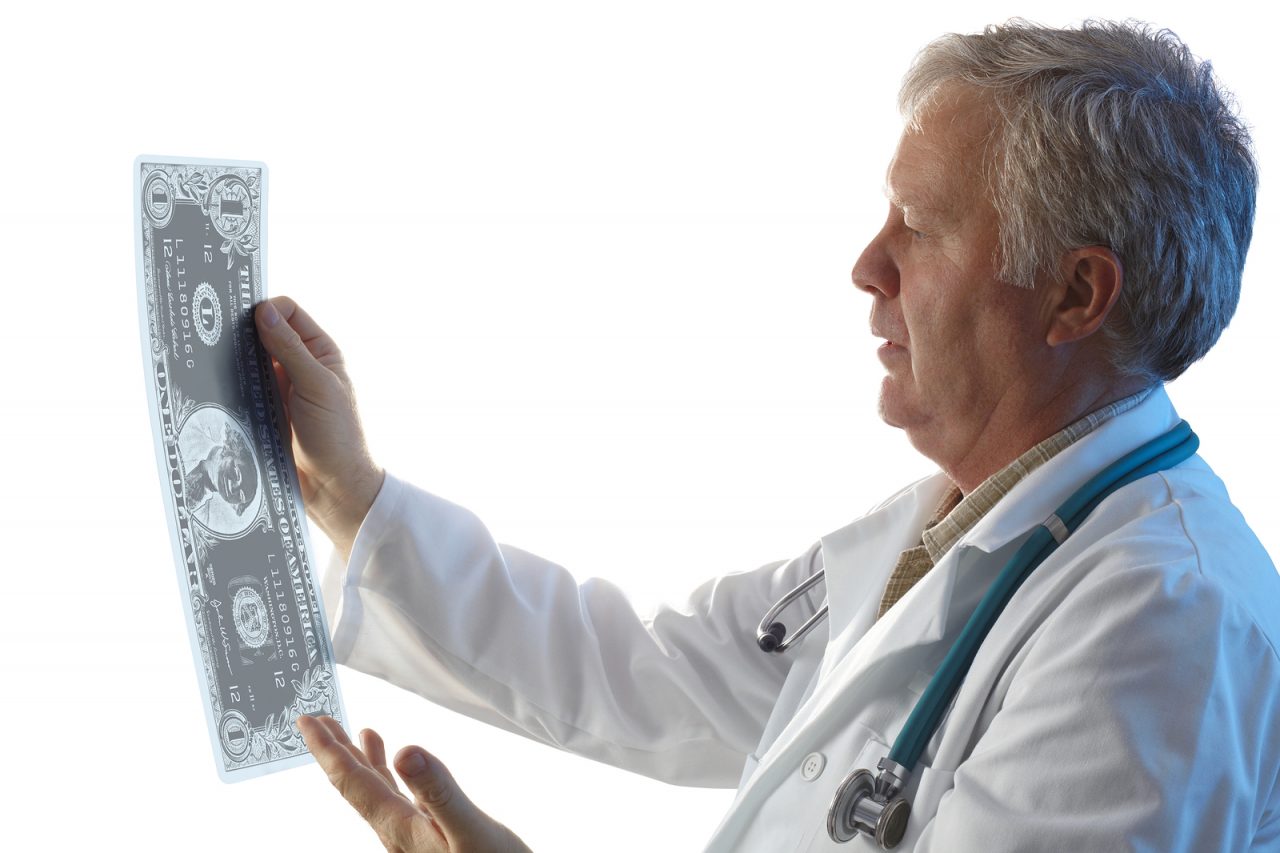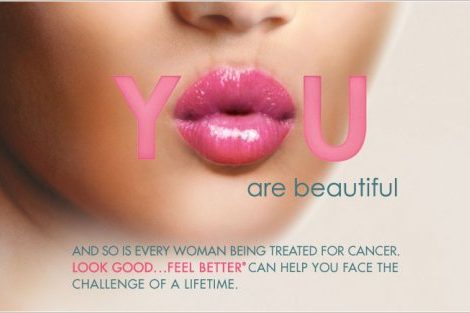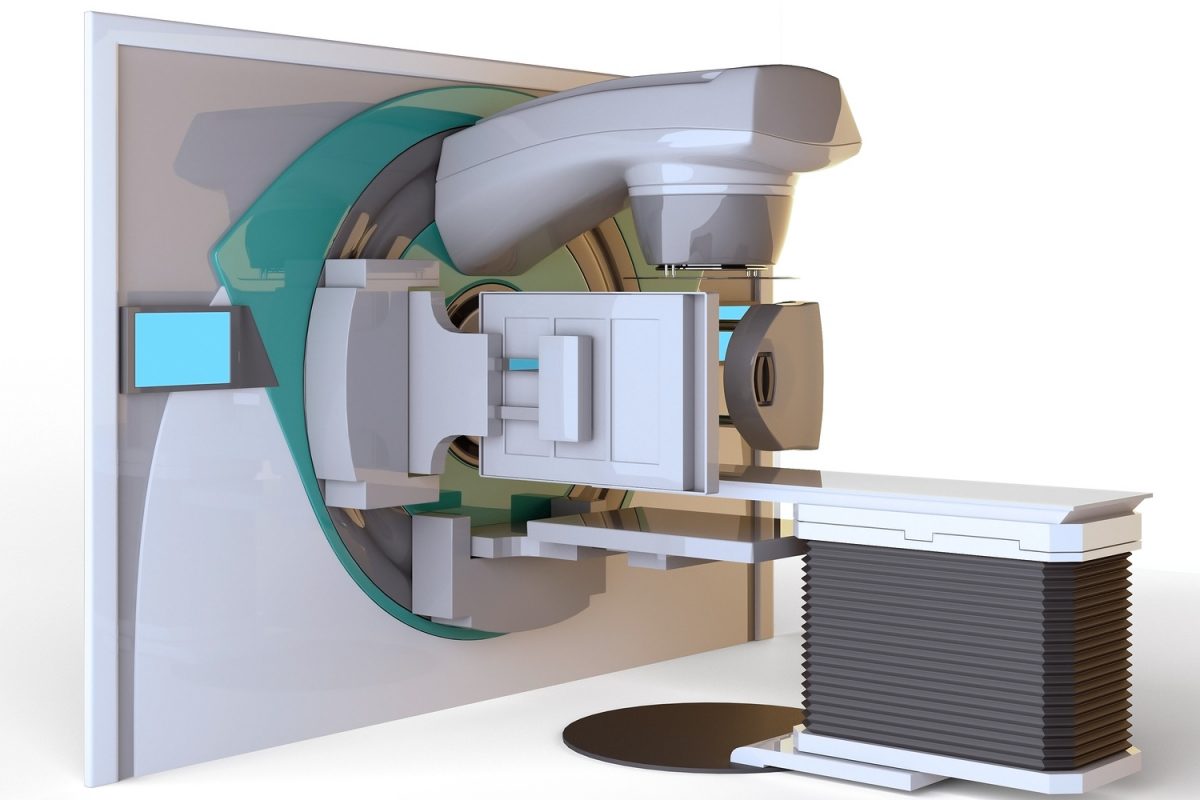Estrogen is critical for good health and is key to the physical development of women. Estrogen is created in the ovaries and fat cells and every woman makes estrogen, no matter how old they become. Estrogen affects many tissues in the body. It is vital for fertility and normal breast development by stimulating the division and activity of cells in the female breast. It also adds to bone health and protects against heart disease. It is a great paradox that increasing estrogen exposure is part of the key to the increase of breast cancer in western countries over the past century. While estrogen probably does not cause breast cancer by itself, it acts like a fertilizer to stimulate cancer’s growth. Therefore, blocking estrogen is at the core of many of our breast cancer therapies.
Many of the factors that increase the risk of getting breast cancer increase the total amount of uninterrupted estrogen to which a woman is exposed through her life. Nutrition has improved since 1900, and the average woman has gained weight. This increases the production of estrogen in fat cells. Nutrition has also resulted in earlier onset of menses, and probably later menopause, increasing the time of estrogen exposure. High fat, low fiber diets increase estrogen levels. Alcohol may increase estrogen levels and above a certain amount seems to increase breast cancer rates. Artificially increasing estrogen exposure with postmenopausal estrogen treatment, increases breast cancer. Multiple chemicals in our environment seem to increase estrogen. Conversely, increasing evidence shows that exercise decreases breast cancer risk, possibly by reducing estrogen. In a similar fashion, early pregnancy and breast-feeding seem to interrupt estrogen exposure and decrease breast cancer rates. Breast cancer is a disease of Western civilization, born to some extent, of our success.
The stimulation by estrogen of breast cancer can be used to fight it. About 75% of breast cancers have “estrogen receptors” (ER) on them. Estrogen attaches to receptors and activates the breast cancer cell. A breast cancer, which is stimulated by estrogen, is ER positive. This is a feature of the breast cancer cell itself, not the woman who has the breast cancer. 50 years ago, surgeons found that if the ovaries were removed from a woman who had breast cancer, the cancer would shrink. This starved the cancer of estrogen. Multiple drugs have that have the same affect. One such drug is Tamoxifen (Nolvadex). This pill is a blocker of the estrogen receptor. It covers the receptor so estrogen cannot attach and the cancer cell dies. The monthly-injected drug Fulvestrant (Faslodex) works almost in the same way. Other oral medications such as Letrozole (Femara) and Anastrozole (Arimidex), known as “aromatase inhibitors,” stop the manufacture of estrogen in fat cells. They are useful only in postmenopausal women whose ovaries have stopped working (or have been removed). These drugs kill breast cancer that has recurred or metastasized. These drugs are often given to women who previously had breast cancer, as a form of protection (this is called adjuvant therapy). Now, it has been found, that such drugs can also be used to prevent breast cancer in the first place.
Exemestane (Aromasin) is another drug that blocks estrogen production in fat cells. Like other anti-estrogen medications, it has been shown that when given to treat breast cancer that is growing in one breast, Exemestane stops new breast cancers from occurring in the opposite breast. In a June 23, 2011 New England Journal of Medicine article Exemestane is shown to prevent new breast cancers in postmenopausal healthy women. These women have never had breast cancer, but are at increased risk because of precancerous changes in their breasts or family risk. Remarkably, while the rate of cancer is reduced by 65%, the drug has almost no side effects. The drug tamoxifen had previously been shown to have a similar benefit, but has significantly more side effects. The availability of a simple medication, one pill a day, which can drastically reduce breast cancer rates, is very exciting.
The saga of estrogen will continue and what we know about it can give us valuable tools. Exercise, watch fat, moderate alcohol and breast-feed to prevent breast cancer (it is probably beyond the scope of this author to seriously suggest getting pregnant prior to age 25). If we are at increased risk, consider medications to decrease estrogen. In addition, women who are afflicted by breast cancer can starve the disease by blocking this hormone. Understanding this complex biology is part of the key to beating this disease.







Comment